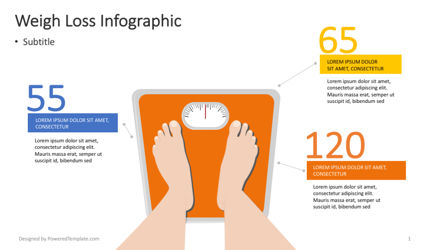Cold laser therapy is a non-invasive, pain-free treatment that helps in reducing swelling and enhances cell regeneration. It is a safe alternative to invasive treatments and usually has prompt results.
Laser photons launch a chain reaction of chain reactions within the cell that lower discomfort, swelling, and speed up recovery. It enhances blood flow to the location by generating vasodilation.
What to Expect
Cold laser therapy is a non-invasive therapy that makes use of low-level laser light to penetrate deep into hurt cells, causing cell function on multiple levels to advertise cells healing. This helps reduce pain and swelling, while advertising muscle contractions and regeneration.
During a session, you'll rest or relax comfortably and the specialist will certainly note the locations on your body that need to be treated. The specialist after that uses a tiny portable tool with the laser to the area. During the treatment, you may feel a slight tingling or warmth in the area of your injury.
Before beginning treatment, it is essential to clean up the location of your injury and eliminate any type of fashion jewelry or various other items that might obstruct of the laser's course. It's additionally essential to avoid any flammable materials that could be in the area of the laser beam. This will guarantee your safety and security and the performance of the treatment.
Preparation
Cold laser therapy works by shining light on the surface of your skin. The light is absorbed by the top layer of your skin and then stimulates the cells to create energy that advertises healing.
Throughout the therapy, you might really feel a cozy or tingling sensation in the area that is being treated. This is completely normal, though you need to allow the professional understand if the sensation is uneasy or also strong.
This therapy has a great deal of assurance for assisting individuals with distressing mind injury (TBI). The treatment is non-invasive and doesn't have any kind of unfavorable adverse effects. Nevertheless, more research is needed to establish the optimum therapy method. The most effective way to figure out if you are a candidate for this type of therapy is to talk to a skilled physiotherapist. They will certainly have the ability to help you identify if cool laser treatment is right for you.
The Treatment
When the specialist has effectively placed you for therapy, they will then put the cool laser gadget on the hurt area. They might keep it on for 30 seconds or longer, depending upon the size of the injury and its level of sensitivity. They will utilize safety safety glasses to make certain that the laser does not directly strike the eyes, and they will ensure that you are shielded from any type of glow that could take place.
You may really feel a minor prickling sensation on the location that is being treated, however it will not be undesirable or agonizing. This is a sign that the laser is functioning to stimulate the recovery process in the impacted tissue.
A lot of patients experience pain alleviation within a few sessions, with some seeing enduring results also after several months of treatments. It is necessary to note that LLLT is not indicated as a single treatment for any type of persistent pain problem and it should be paired with various other therapeutic methods in order to achieve maximum outcomes.
Post-Treatment
After you lie down or sit, the expert will utilize a stick with a series of light-emitting diodes to target your discomfort website. You will use safety eye goggles, and the laser may be hung on your skin for 30 to 60 seconds. You may really feel a mild, relaxing feeling throughout the treatment.
The photons from the laser permeate deep right into your cells, setting off a recovery feedback on a cellular level. Unlike various other kinds of laser treatment, this low-intensity technique does not develop warmth.
Some studies have revealed that cool laser therapy works in treating a number of conditions, including persistent discomfort and wounds. Nevertheless, it is less widely approved as a standard clinical technique, and it isn't covered by lots of health insurance plans. Additionally, it is not recommended to be made use of over any kind of questionable cancerous lesions or cancers or on expectant ladies. You ought to always seek advice from your oncologist prior to broken capillaries treatment near me pursuing this form of therapy.
